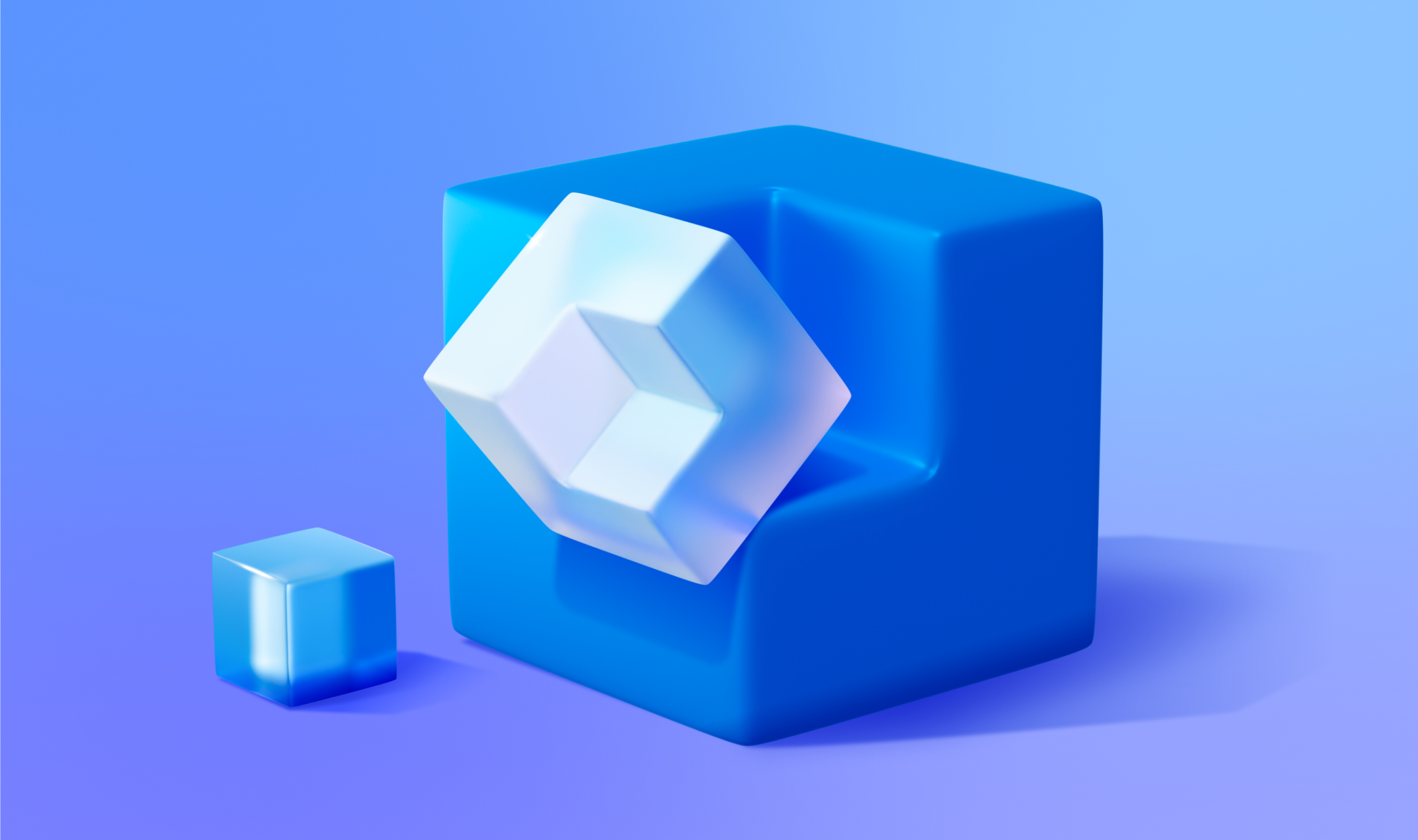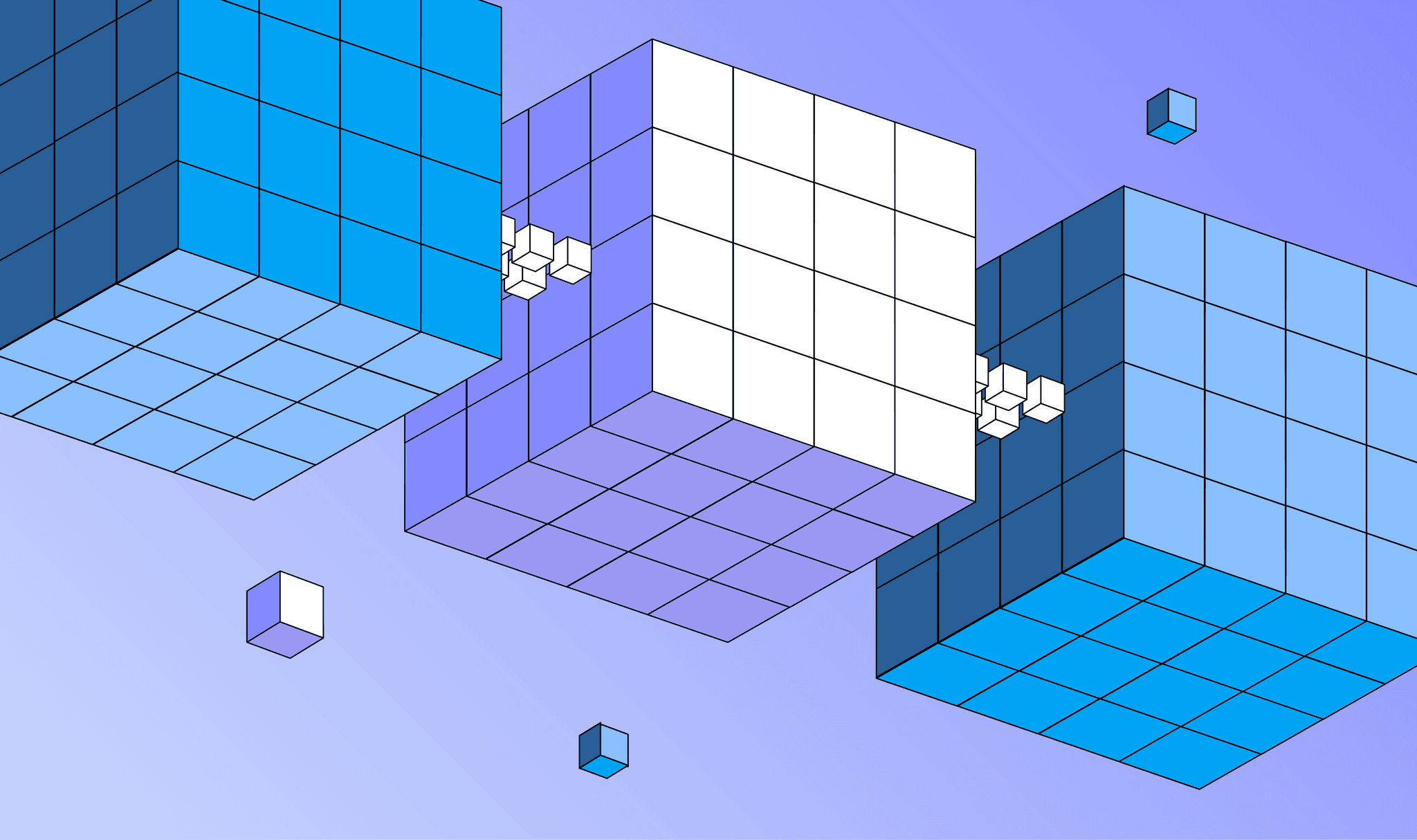Understanding Compressed NFTs on The TON Blockchain

In this article, we will explain the concept of compressed NFTs (cNFT) on The Open Network, explore the benefits of using cNFTs, and look at the mechanism of cNFTs on TON specifically.
This article contains several terms you might be unfamiliar with. To help you orient yourself, we put together a glossary, which you can find at the end of this blog.
We want to thank Maxim Zhidkov, who wrote the original text of this article and continues to work on the cNFT standard.
Introduction
cNFT, or compressed NFT, is a specialized digital asset format that optimizes data storage. By employing data compression algorithms, cNFT reduces file sizes without compromising uniqueness, thereby saving space on servers and reducing data storage and transmission costs. Merkle trees play a crucial role in enhancing the efficiency of cNFT collections by minimizing storage requirements.
Non-tech knowledge for cNFTs
With cNFT technology, artists can shrink their digital artwork's size without losing its uniqueness. This not only saves on transaction fees (gas) but also makes it easier to transfer the artwork over the internet.
The main feature of this standard
The process is different from minting regular NFTs. You need to collect wallet addresses in order to send them cNFTs later. The recipients can then convert the cNFT into a regular NFT on their own, i.e., each wallet pays for the mint on the blockchain on its own, removing this task from the collection author.
Advantages of utilizing cNFT technology on the TON Blockchain
Resource savings
- Merkle trees are utilized to store only essential information about each item.
- Reduction of gas costs and network load.
- Enhancement of accessibility and cost-effectiveness in creating and managing NFT collections.
Improved scalability
- Design features of contracts, including evidence usage and efficient data storage methods.
- Efficient handling of large volumes of NFTs and transactions without sacrificing performance.
Optimized data storage
- Storage of necessary information only about each item.
- Optimization of space utilization on the blockchain.
- Improvement of system responsiveness and efficiency.
Enhanced security
- Merkle trees are utilized for quick verification of data integrity and authentication.
- Provision of a high level of security for digital assets.
Cost reduction
- Offloading of real minting costs to end-users.
- Creation of "virtual" items that do not require on-chain minting until necessary.
- A constant cost model combined with efficient data storage methods reduces overall expenses associated with managing NFT collections.
Mechanism of operation on the TON Blockchain
Compressed NFTs on the TON blockchain utilize a unique mechanism to efficiently store and manage digital items, employing Merkle trees for compression.
Users interact with the NFT contract utilizing tools such as:
get_nft_api_info
to retrieve contract information. The 'claim' message plays a key role in verifying item details and authenticity before minting onto the blockchain.
The API allows access to item details, enabling simultaneous viewing of multiple items, albeit relying on a central API, introducing potential points of failure.
Conclusion
Compressed NFTs on the TON blockchain offer an intelligent solution for handling digital objects, effectively balancing speed, size, and security. Using cNFT, developers and builders can significantly decrease operational costs, such as minting and distributing the NFTs, while achieving better scalability and security.
While cNFT is a considerably new standard that still awaits mainstream adoption, we're confident its usage will increase as there is no obvious downside to cNFTs compared to the existing NFT standard.
Glossary
-
Compressed NFT (cNFT) — a special type of non-fungible token (NFT) that utilizes data compression techniques to reduce the size of digital assets while preserving their unique characteristics.
-
Resource savings — the reduction in resources, such as storage space and computational power, is achieved by storing only essential information about each item in a collection instead of storing each item in its entirety.
-
Gas costs — the fees paid by users for executing transactions on a blockchain network. Compression NFTs help lower gas costs for creating and managing NFT collections by reducing the amount of data stored on the blockchain.
-
Scalability — the ability of a system to handle increasing amounts of data or users without sacrificing performance. Compression NFTs improve scalability by minimizing the computational load on the blockchain network.
-
Efficient data storage — the optimization of data storage on the blockchain by storing only necessary information about each item in a collection. This reduces the amount of data stored on the blockchain and improves overall system efficiency.
-
Merkle trees — data structures used to store and process data on a blockchain efficiently. In the context of compression NFTs, Merkle trees organize individual items or tokens within a collection, with each leaf node representing a unique item. This hierarchical hashing enables quick verification of data integrity and authentication.
-
Data integrity — the assurance that data remains unchanged and reliable throughout its lifecycle. Merkle trees facilitate the quick verification of data integrity for each element of a collection, ensuring the authenticity of digital assets.
-
Data security — the protection of digital assets from unauthorized access, manipulation, or loss. Compression NFTs leverage Merkle trees to enhance data security by enabling rapid and reliable verification of the integrity and authenticity of each item in a collection.
-
Blockchain resources — the resources, including storage space, computational power, and network bandwidth, are required to operate a blockchain network efficiently. Compressed NFTs optimize the use of blockchain resources by reducing the amount of data stored and processed on the network.
-
Digital asset management — the process of organizing, storing, and transferring digital assets, such as digital art or collectibles, on a blockchain network. Compressed NFTs offer a streamlined approach to digital asset management, balancing efficiency, scalability, and security.

